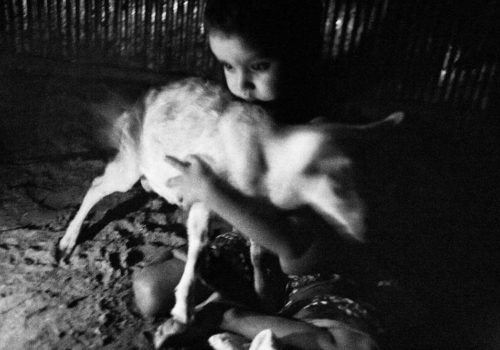Tobacco Tale depicts the cycle of destruction, a bizarre reality of tobacco industry in Bangladesh—documentation of disposing people to unfortunate death and decay.
Tobacco Tale
People dehumanized to tools and the environment is stripped nude in the power play between man and money. This is the tale of tobacco that depicts the story of that workforce who changes the form of the lush green leaves… continuously challenging their helpless insignificant lives in the golden dust.
This project intends to portray the whole scenario from cultivation of tobacco to the aftermath of tobacco consumption. Here focus is on tobacco leaves, how it becomes green to gray and how it impinges upon people and the environment. This story aims to strike the alluring characters of tobacco through a narrative build of fiction. Tobacco is the only consumer product kills one-half of its regular users. Tobacco guild is so powerful that increasing tax becomes a difficult challenge let alone the issue of making it illegal. A product, which affecting from its cultivation to consumption, is still allowed to continue doing harms.
Tobacco has been cultivated in Bangladesh since the 1970s. Though researchers have little official data, they say tobacco cultivation has significantly expanded in recent years, with one local study, estimating the growth at 68 percent from 2007 to 2009, with the current trend pointing even higher.
As some parts of the world banned tobacco cultivation, Bangladesh is now an attractive destination for international tobacco companies. Tobacco companies are recruiting farmers with seeds, fertilizers, insecticides and whatever is needed for cultivation. This may create food shortage in future. Statistics shows that total land used for tobacco cultivation in 2010-2011 was almost 96,000 hectares. Among all other districts, hill tracts region in Bangladesh is the mostly affected part by the tobacco cultivation. The area is facing heavy deforestation, land erosion, food insecurity, environmental pollution, and health risks. Due to that indigenous people are being severely exposed to danger. Heavy deforestation is happening because of creating new cultivable land; two of the major rivers on the hill tracts districts are dying because of land erosion and pollution. In 2010, a district court issued an injunction on cultivation of tobacco in the upstream area of that region. But still, tobacco cultivation is happening in front of the forest department.
Tobacco processing is the second phase of tobacco’s journey, which is very much harmful for environment and lives. We loose at least 30% of our trees every year for tobacco processing. This year we lost at least 2.9 million trees for tobacco curing. In this process people suffer from suffocation and also from some other diseases, like Berger’s disease. Women and children are the main victims of these diseases.
The production of bidi (local filter) and cigarette is the third phase of tobaccos journey. Where people are dehumanized to tools and become permanently affected by asthma, Bronchitis, TB and some other major lungs disease, like lungs cancer. In the bidi factories, permanent female and male workers earn 1.51 USD to 2 USD respectively in a day. And the part time workers who produce bidi earn USD 0.29 for every 1000 bidi’s. In Last July three workers were shot dead during the procession for .03 USD increasing their wage for each thousand bidi.
Engaging children into tobacco production is very much profitable for the owner’s, as it helps them to minimize costs. Though Bidi factory owners are committed not to employ any children, they are practicing it in the real life. Some statistics may reveal the current scenario of tobacco consumption in Bangladesh. Currently, 44.7% of men, 1.5% of women, and 23.0% overall (21.9 million adults) are smokers. And around 57,000 people die every year in the country due to the diseases related to tobacco.
So, my endeavourer is to depict this bizarre reality, a documentation of disposing people to unfortunate death and decay.
Sayed Asif Mahmud, photographer, Bangladesh
















